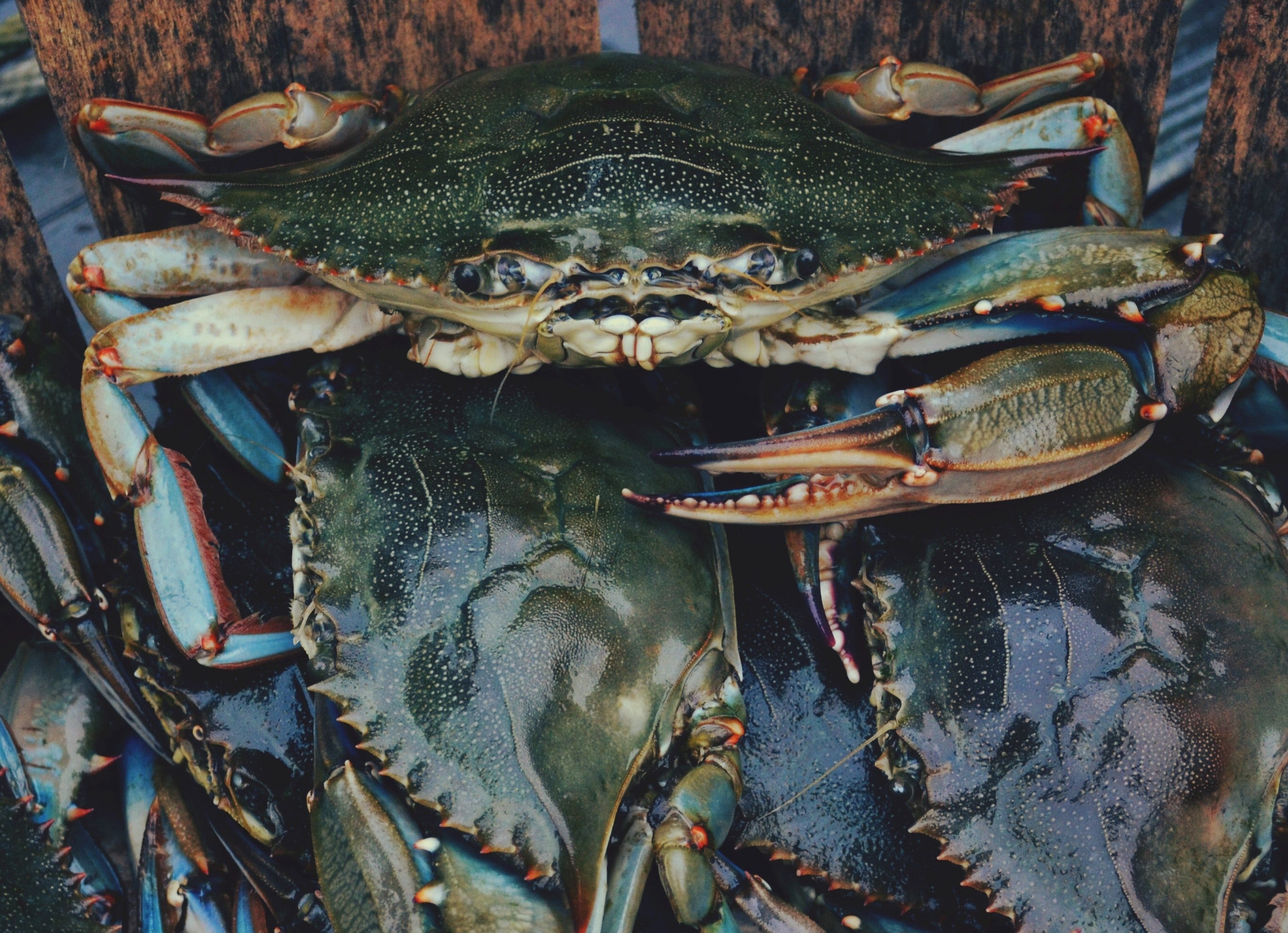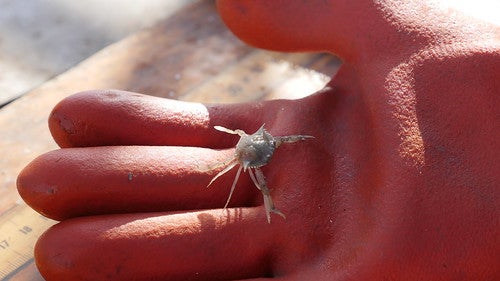Chesapeake Blue Crab Winter Dredge Numbers Released
Eugene L. 05.27.22

The Maryland Department of Natural Resources (DNR) has released the results of the yearly 2022 Baywide Blue Crab Winter Dredge Survey. The Winter Dredge Survey is a cooperative effort of the Maryland DNR and the Virginia Institute of Marine Science (VIMS) which annually estimates the number of blue crabs in the Chesapeake Bay.
The blue crabs are sampled using a six-foot-wide Virginia crab dredge that is fitted with a half-inch nylon mesh liner. This dredge is towed along the bottom for one minute at a speed of three knots. Using GPS the distance covered is determined and used to figure out the area covered in the dredge. Data of the depth, water temp, and salinity is recorded for each dredging.

Chesapeake Blue Crab Winter Dredge Numbers Released
Blue Crab reproduction varies naturally over time. This makes it difficult to identify a singular cause for the current period of low juvenile crab count. Larval blue crabs develop in the ocean waters over the continental shelf, and many factors can influence the success of juvenile crabs. Given the recent shift, the Chesapeake Bay Stock Assessment Committee is planning a workshop for the fall of 2022 to explore potential recruitment drivers of juvenile stocks.
While the count of spawning age female crabs is below the female target count, it is above the management threshold of 72.5 million crabs and has been for the past 8 years. The spawning age female abundance decreased from 158 million crabs in 2021 to 97 million crabs in 2022. The results also showed there were 28 million adult male crabs this year. That is the lowest count of adult male crabs on record.
The Chesapeake Bay jurisdictions have maintained the harvest of blue crabs at a safe level since 2008. That level was set back in 2008 by the last stock assessment. Despite these efforts, the adult crab abundance has steadily declined in the bay. DNR will be working with partners in Virginia and the Potomac River Fisheries Commission on a coordinated management approach for the 2022 crabbing season.
The Chesapeake Bay Stock Assessment Committee will look over the 2022 survey results and provide their scientific advice at the May Meeting for a management plan. With their advice, Maryland DNR will start talks with the Blue Crab Industry Advisory Committee to determine a course of action for 2022.
The yearly Winter Dredge Survey has been cooperatively completed by the Maryland DNR and Vims since 1990. The results are reviewed every year in an effort to provide the best management efforts across the multiple jurisdictions of the Chesapeake Bay. It is done at 1,500 sites throughout the Bay from December through March. Detailed results of the dredge can be seen here.